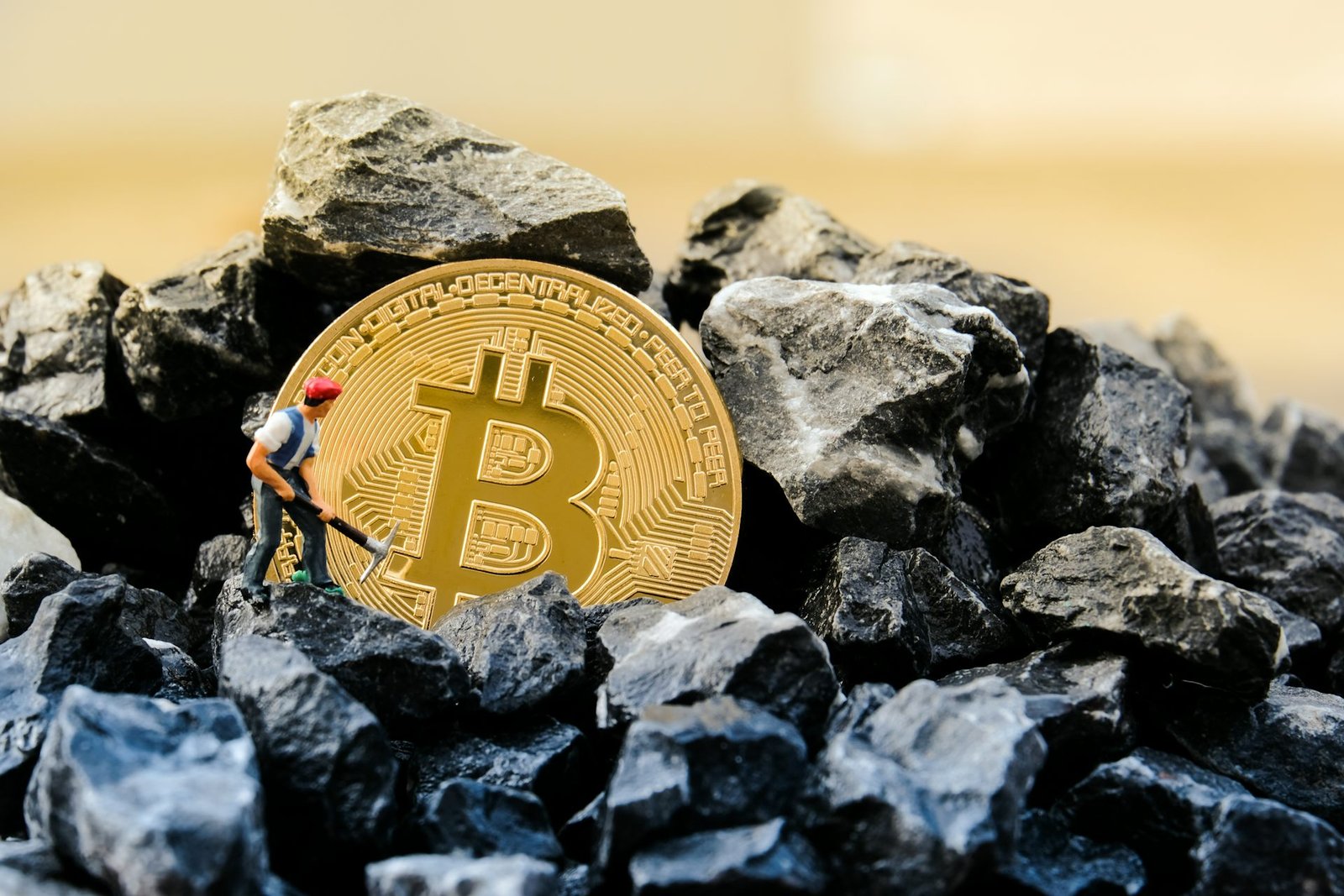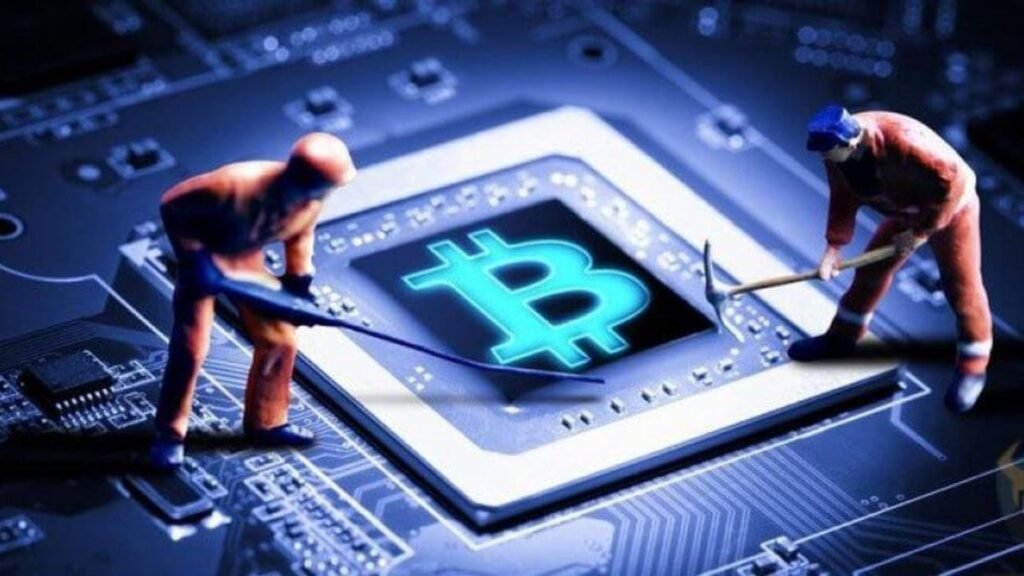The Bitcoin protocol uses a consensus mechanism called Proof-of-Work (PoW). Using the SHA-256 hashing method, miners compete to solve a cryptographic problem. This challenge demands significant processing power and energy, yet it ensures the network’s safety and prevents any changes. The first miner to solve the riddle adds a new block to the blockchain and gets new bitcoins and transaction fees as a reward.
The mining process generates a new block approximately every 10 minutes. To keep this block frequency, the difficulty of mining changes every 2,016 blocks (around every two weeks), no matter what the total network hash rate is. This self-adjusting system makes sure that the supply of Bitcoin stays predictable, clear, and limited to 21 million coins.
Evolution of Bitcoin Mining Hardware
In the beginning, people mined Bitcoin with regular CPUs. Miners switched to GPUs, which gave them greater processing power, as the difficulty rose. After that, they used FPGAs (Field Programmable Gate Arrays), which used less energy. ASICs (Application-Specific Integrated Circuits) are the most common type of hardware used for Bitcoin mining nowadays. These computers, like Bitmain’s Antminer S19 Pro or Whatsminer M30S++, are only meant for mining SHA-256-based coins like Bitcoin. ASIC miners not only work very well, but they also have a far higher hash rate than GPUs or CPUs.

The drive to make better mining hardware has led to activities on an industrial scale. A lot of mining farms currently have thousands of ASIC devices and are located in places with inexpensive, long-lasting electricity, like sections of Texas, Canada, and Northern Europe.
Bitcoin Mining’s Environmental Impact
The environmental impact of Bitcoin mining is one of the most talked-about issues. Mining activities need a lot of electricity since PoW uses a lot of energy. Numerous individuals have voiced their criticism, particularly in regions that rely on fossil fuels for power generation.
But many people in the mining community are switching to renewable energy sources. The Bitcoin Mining Council says that more than half of the world’s Bitcoin hash rate currently comes from renewable energy sources like hydro, solar, wind, and geothermal. Countries like Iceland and Norway, where electricity is cheap and green, have become popular places for ecologically friendly mining companies to set up shop.
Also, new ideas in immersion cooling, waste heat recovery, and energy optimisation are helping miners cut their carbon footprints and work more efficiently.
Mining Pools and Centralization Concerns
Groups of people now perform the majority of mining. Most people can no longer mine alone since it is too hard and the chances of discovering a block on their own are quite low. Mining pools let people work together to combine their computing power and share benefits based on how much hash rate they contribute.
Top pools such as Antpool, Foundry USA, and F2Pool dominate the hash rate distribution. This makes things more adaptive, but it also makes people worry about centralisation. A 51% attack could occur if a single person or group controls more than half of the network’s mining power. However, this is quite unlikely because it would cost a lot of money.
Bitcoin Halving and Scalability
Every four years, the Bitcoin network goes through a halving event, which halves the block reward in half. The reward for each block went down from 6.25 to 3.125 BTC in 2024. Halvings are meant to keep inflation in check and slowly lower the rate at which new bitcoins are put into circulation.
As block rewards decrease, we anticipate that transaction fees will increasingly contribute to miners’ income. This change shows how important scalable solutions are, such as the Lightning Network, which helps ease congestion on the blockchain and makes Bitcoin easier to use for small transactions.
Global Bitcoin Mining Regulations
There are different rules for bitcoin mining in different parts of the world. Some governments, like El Salvador and the US, have made it easier to mine by making the rules explicit and offering rewards. Some countries, like China, have put in place rigorous bans that miners have to follow.

Mining is becoming more popular in places like Kazakhstan, Russia, and portions of Africa since electricity is cheap, but rules are still not clear. As countries start to include cryptocurrencies in their energy plans, Bitcoin mining will probably have to follow stricter environmental rules, pay taxes, and show how much energy it uses.
Final thoughts
Bitcoin mining will only last for a long time if new technologies are developed, energy is used more efficiently, and rules are changed. Since the last bitcoin is predicted to be mined around 2140. Miners will have to rely more and more on transaction fees to keep their businesses going.
Modular mining rigs, mobile mining units that run on flare gas, and smart grid integration are some new developments. Publicly traded corporations are also getting into the mining business, which makes the industry more open, brings in more money, and gives it more credibility.
















